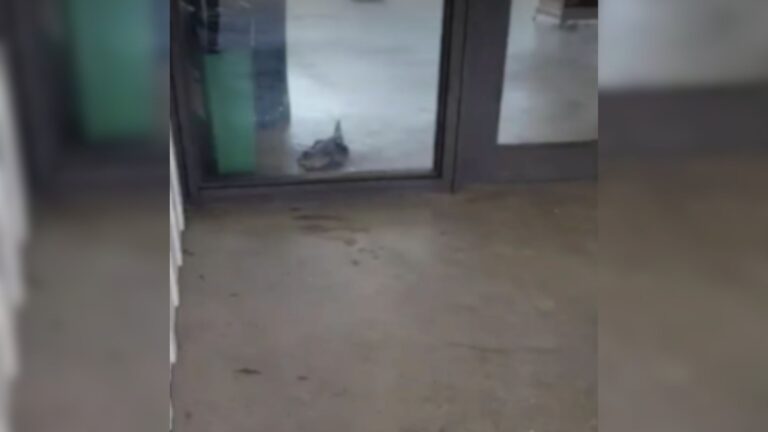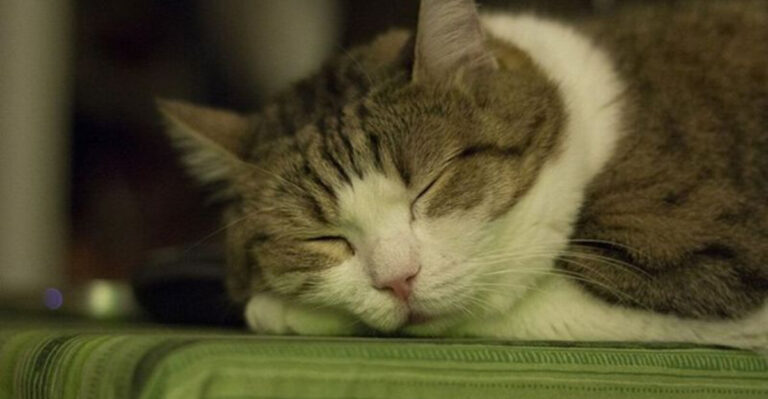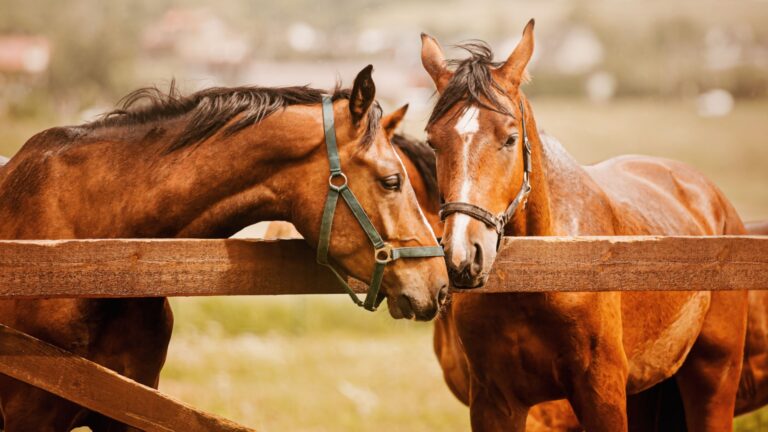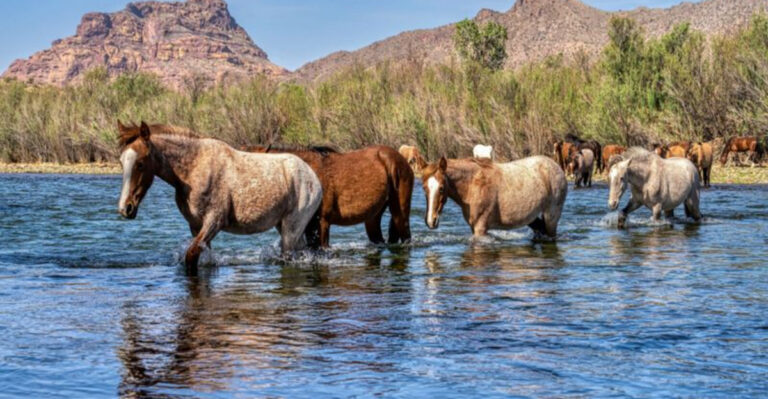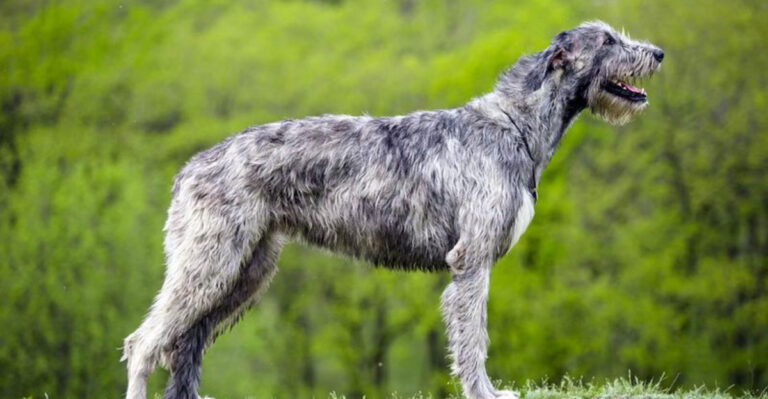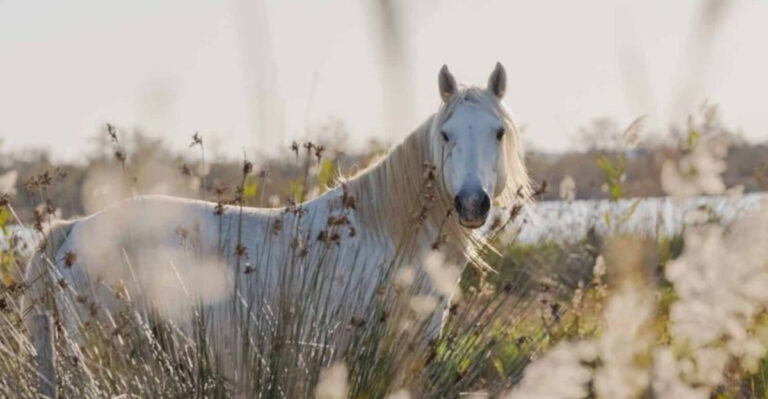15 Devoted Animal Moms Who Never Leave Their Young Behind
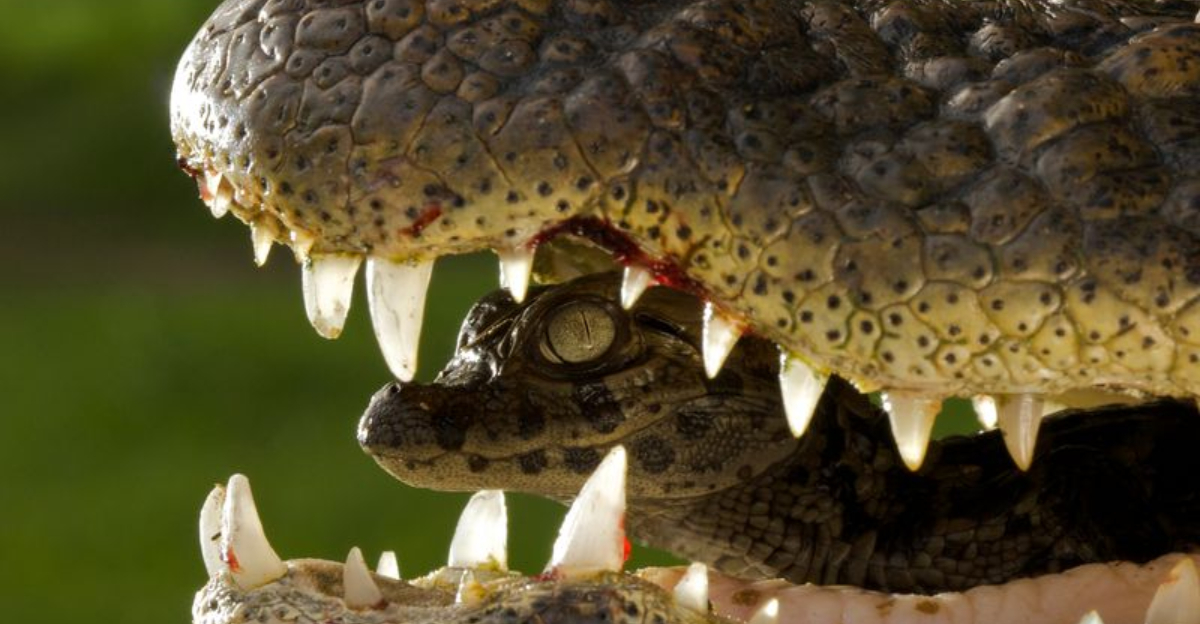
Motherhood in the animal kingdom is a remarkable display of dedication and sacrifice.
From the tiniest insects to the largest mammals, animal moms often go to extraordinary lengths to ensure their offspring survive and thrive.
These incredible mothers show us that the nurturing instinct crosses species boundaries, demonstrating remarkable strategies for protection, teaching, and care that rival even human parenting techniques.
1. Orangutan’s Six-Year Cuddle
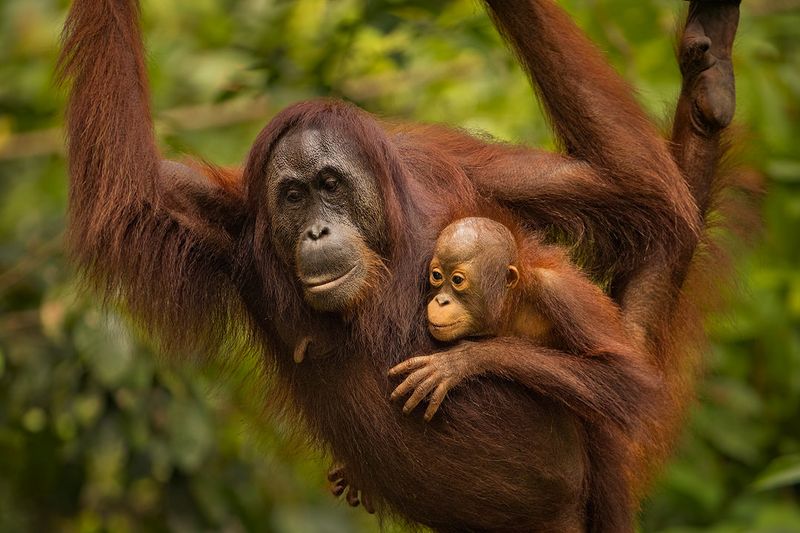
Imagine spending six full years carrying your child everywhere! Female orangutans form the longest-lasting bond between mother and offspring among non-human animals.
These red-haired forest dwellers teach their young everything from nest-building to identifying over 200 food sources.
Baby orangutans cling to mom’s body as she swings through the trees, gradually learning to navigate the forest canopy.
Their extended childhood ensures they develop the complex skills needed for survival in the rainforest.
2. Polar Bear’s Fasting Devotion
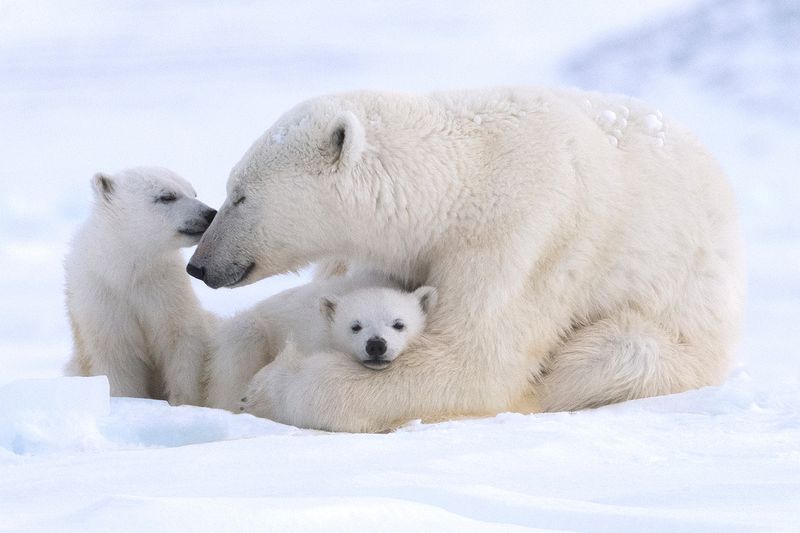
Going without food for eight months sounds impossible, yet polar bear moms do exactly that while caring for their cubs.
After retreating to a snow den to give birth during the harsh Arctic winter, these powerful mothers survive on nothing but their fat reserves.
Inside their cozy snow caves, they nurse their tiny, helpless cubs until spring arrives.
Once the little ones are strong enough, mom leads them out to hunt on the sea ice, patiently teaching them how to survive in one of Earth’s most challenging environments.
3. Octopus’s Ultimate Sacrifice
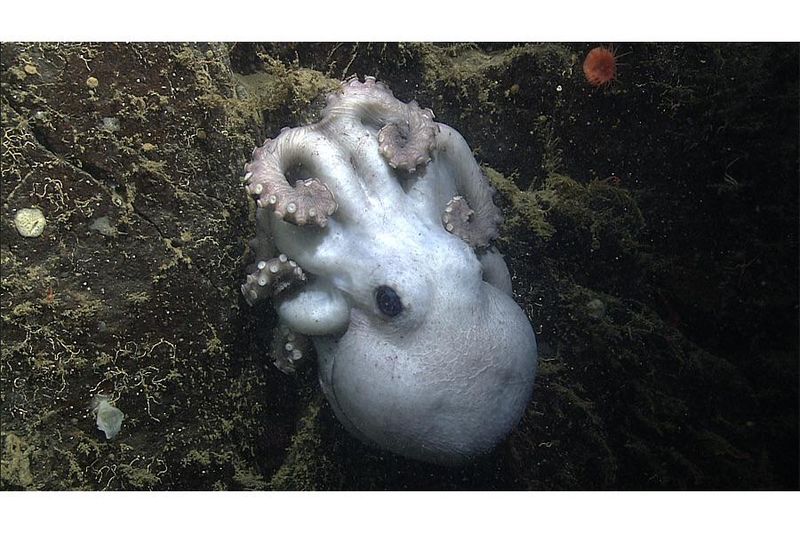
Hidden in the ocean depths, a remarkable tale of motherly sacrifice unfolds. For six months, a female octopus guards her eggs in an underwater cave, refusing to leave even to find food.
She gently blows currents of water over them to ensure they receive oxygen and stay clean from debris.
As weeks pass, she grows weaker, eventually giving her life so her babies can thrive.
By the time her thousands of tiny offspring hatch, the devoted mother has usually starved to death – having made the ultimate sacrifice for the next generation.
4. Emperor Penguin’s Freezing Vigil
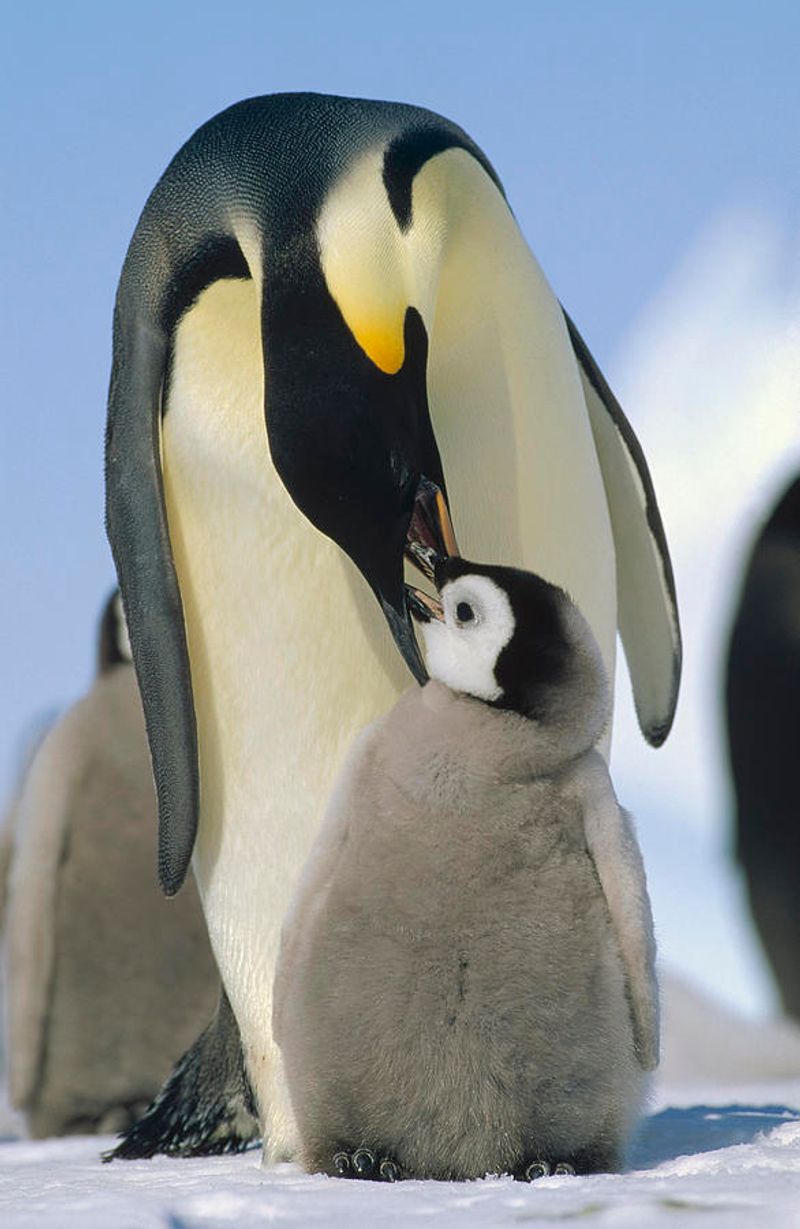
Braving temperatures of -40°F and hurricane-force winds, emperor penguin moms undertake an incredible journey each year.
After laying a single precious egg, they pass it to dad and trek 50 miles across Antarctic ice to feed in the ocean.
The fathers balance the eggs on their feet for two months, keeping them warm under a special pouch.
When the moms return – somehow finding their mates among thousands of identical penguins – they’re carrying stomachs full of fish to regurgitate for their newly hatched chicks.
5. Wolf Spider’s Backpack Babies
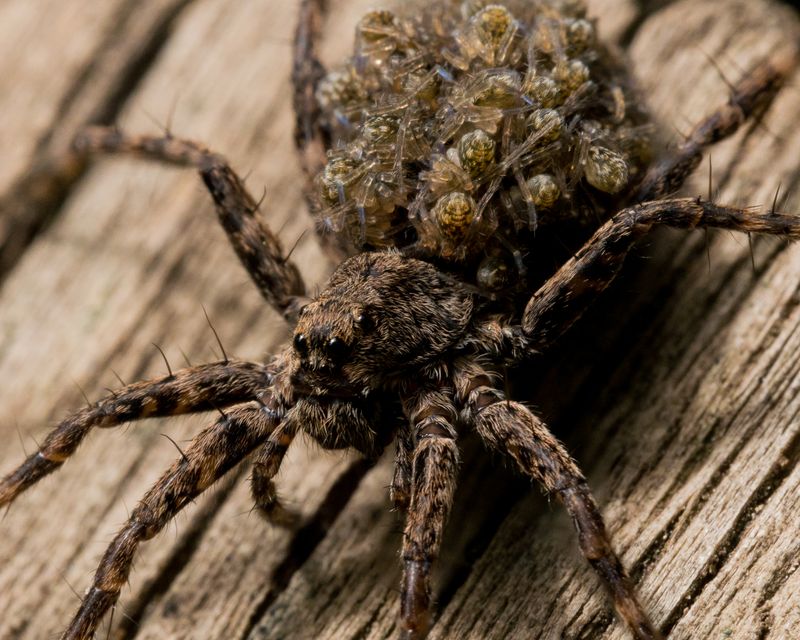
Talk about keeping your kids close! Wolf spiders take motherly protection to an impressive level by carrying their entire brood on their backs.
After carefully wrapping her eggs in a silk sac attached to her spinnerets, mama spider guards this precious package everywhere she goes.
When the spiderlings hatch, they climb aboard mom’s abdomen and cling there for several weeks.
Looking like a moving mountain with dozens of tiny legs, she continues hunting while giving her babies a safe ride until they’re ready to venture off on their own.
6. Elephant’s 22-Month Commitment
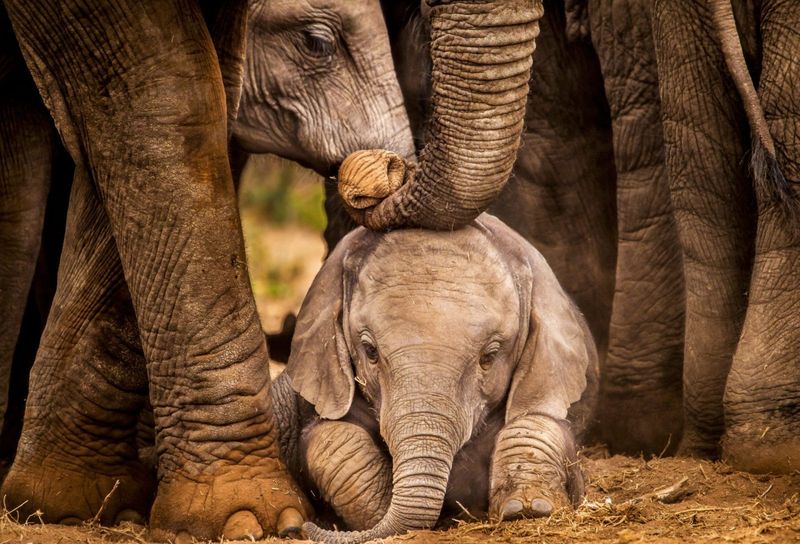
Before even meeting their baby, elephant moms invest nearly two years in pregnancy – the longest gestation period of any land animal.
The entire herd rallies around expectant mothers, offering protection and assistance during birth and beyond.
Baby elephants stay within trunk’s reach of mom for years, learning complex social rules and survival skills. The matriarch’s wisdom guides the herd through drought, danger, and difficult journeys.
Female calves often remain with their mothers for life, creating multigenerational families where grandmothers, mothers, and daughters roam together.
7. Alligator’s Gentle Jaws
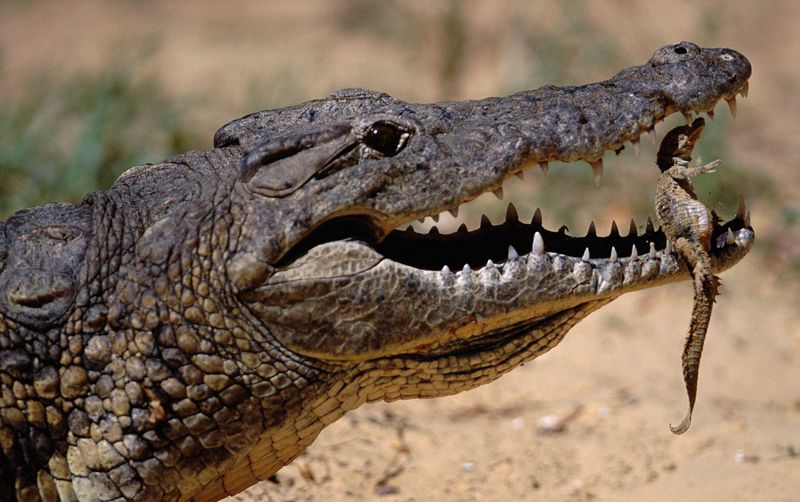
Known for bone-crushing bites that exert 2,000 pounds of pressure, alligator moms transform into models of gentleness when handling their young.
After carefully guarding her nest mound for months, she responds to the chirping calls of her hatching babies by digging them out with surprising delicacy.
Using the same fearsome jaws that can snap a turtle’s shell, she carefully carries the hatchlings to water in her mouth.
For up to two years, she’ll fiercely defend her little ones from predators while teaching them to hunt in the murky waters they call home.
8. Opossum’s Pocket Protection
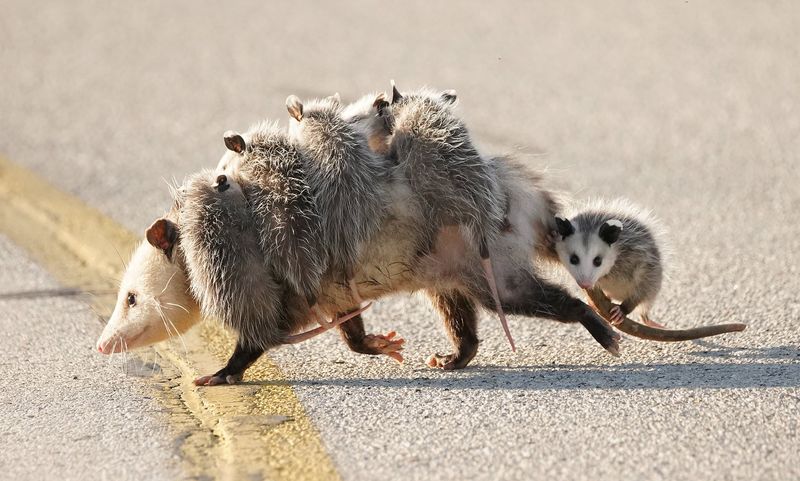
Barely larger than a grain of rice at birth, baby opossums face enormous survival challenges.
Fortunately, they have a mom equipped with nature’s perfect baby carrier – a cozy, fur-lined pouch where they continue developing after their premature birth.
For two months, the tiny joeys stay tucked inside, attached to mom’s milk supply. Once they outgrow the pouch, these determined babies cling to mom’s back as she forages for food.
Despite their reputation as simple creatures, opossum mothers show remarkable devotion, carrying up to 13 babies everywhere they go.
9. Cheetah’s Hunting School
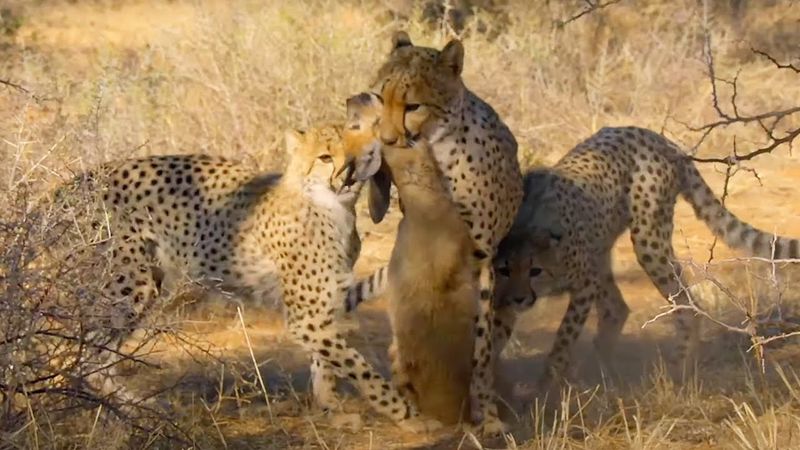
Running a single-mom household isn’t easy, especially when you’re raising the next generation of speed demons.
Cheetah mothers hunt alone while simultaneously protecting their cubs from lions, hyenas, and other threats that view the little ones as easy targets.
For 18 months, these spotted supermoms patiently teach their cubs the art of the chase. They bring home live prey for practice sessions and demonstrate hunting techniques at reduced speeds.
Through countless trials and playful pounces, mom ensures her youngsters master the skills needed to become the savanna’s fastest hunters.
10. Koala’s Eucalyptus Education
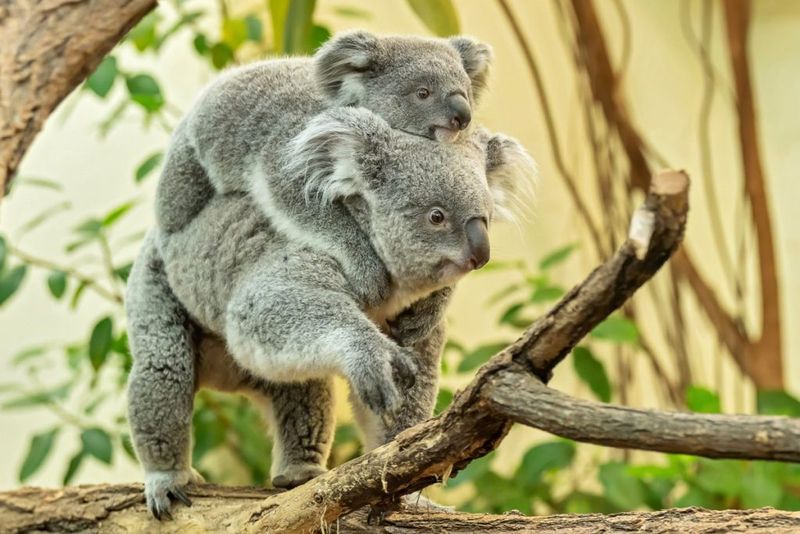
Surviving on toxic leaves that would poison most animals requires specialized knowledge, which koala moms pass down through an unusual method.
After carrying her joey in her pouch for six months, mom introduces her baby to eucalyptus through pre-digested “pap” – a special form of her droppings that contains gut bacteria essential for digesting the tough leaves.
This dietary training continues as joey rides on mom’s back for another six months, watching and learning which of the 600+ eucalyptus species are safe to eat.
Their strong bond ensures the little one masters the tricky business of being a koala.
11. Crocodile’s Mouth Taxi Service
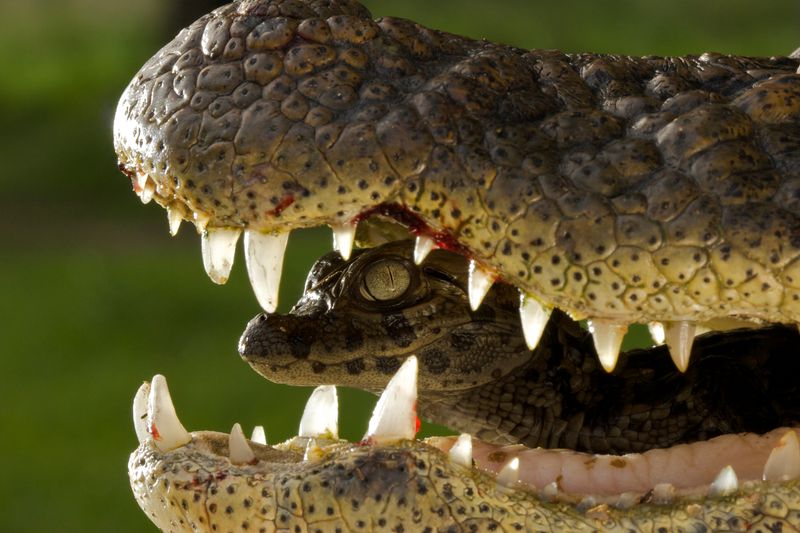
Beneath their fearsome reputation lies a surprising gentleness when it comes to parenting.
Nile crocodile moms carefully dig up their hatching eggs and carry the tiny babies to water in special pouches in their mouths – the same jaws that can crush antelope bones.
For several months, she stays close to her brood in the nursery pool, responding to their distress calls and chasing away predators.
Some crocodile moms have even been observed giving their youngsters rides on their heads and backs, ferrying them safely through deeper waters until they’re strong enough to swim confidently.
12. Earwig’s Spotless Nursery
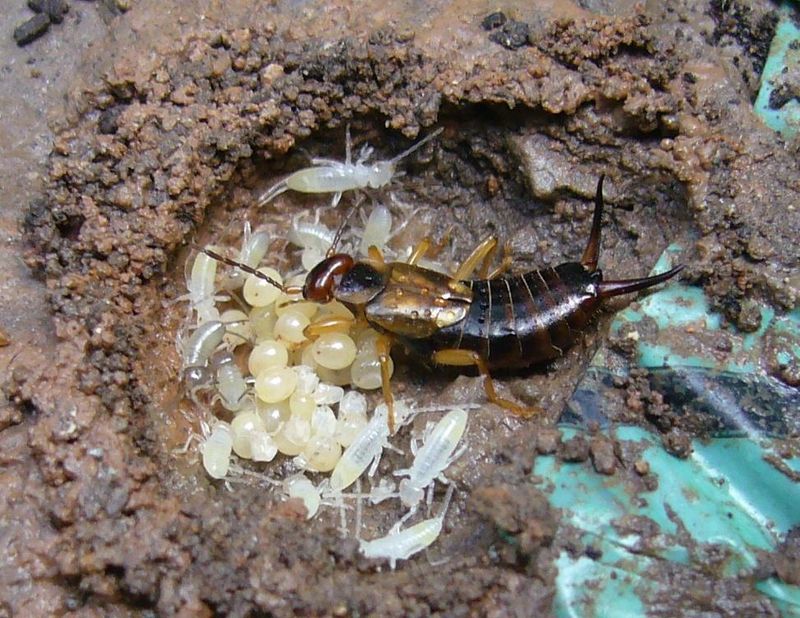
Few insects show maternal care, making the humble earwig’s dedication particularly remarkable.
These small creatures create underground nests where they lay their eggs, then spend weeks cleaning each one individually to prevent harmful mold growth.
When her babies hatch, mama earwig continues her cleaning routine while foraging for food to feed her nymphs.
If the nest is disturbed, she’ll quickly shepherd her babies to safety or stand guard against threats. Even as her offspring grow, she maintains her protective watch until they’re ready for independence.
13. Flamingo’s Pink Milk Miracle
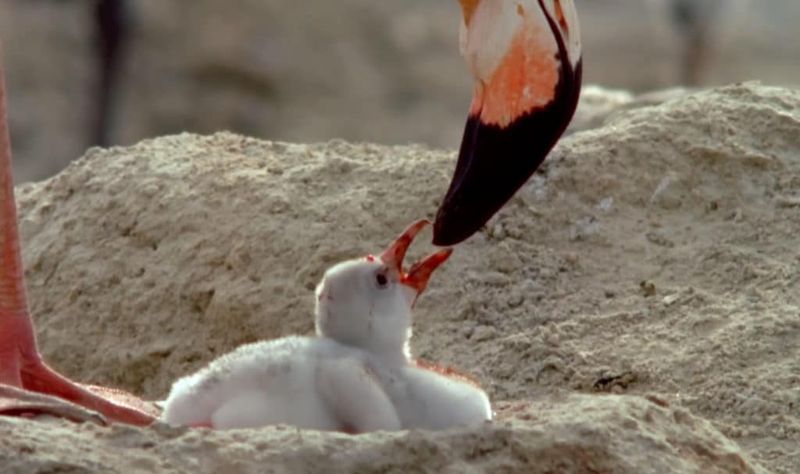
Producing actual pink milk might sound like something from a fairy tale, but flamingo moms do exactly that!
Both parents produce a nutrient-rich substance called “crop milk” in their digestive tracts, which contains the same pigments that give the birds their famous color.
After carefully tending their single egg on a mud nest, flamingo parents take turns feeding their chick this special secretion.
The devoted mom and dad will continue providing this unique food for up to two months, gradually introducing the youngster to the algae and tiny creatures that will eventually turn it pink too.
14. Gorilla’s Decade-Long Guidance
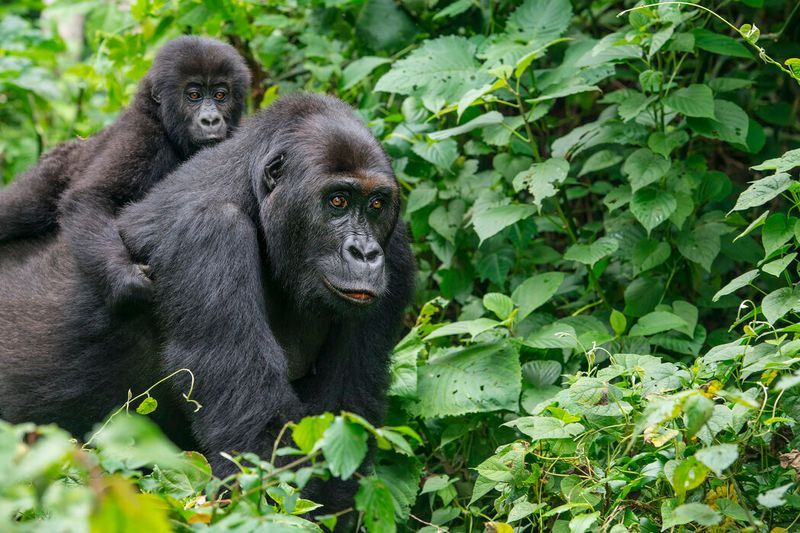
Watching a 400-pound silverback male might make gorillas seem intimidating, but female gorillas show extraordinary gentleness with their infants.
For the first five months, a gorilla mom maintains constant physical contact with her baby, carrying it against her chest as she forages through the forest.
Young gorillas rely on mom’s guidance for nearly a decade, learning which plants are safe to eat and how to navigate complex social dynamics within the troop.
The deep mother-child bond forms the foundation of gorilla society, with females typically raising just 3-4 babies throughout their entire lifetime.
15. Sea Otter’s Floating Daycare
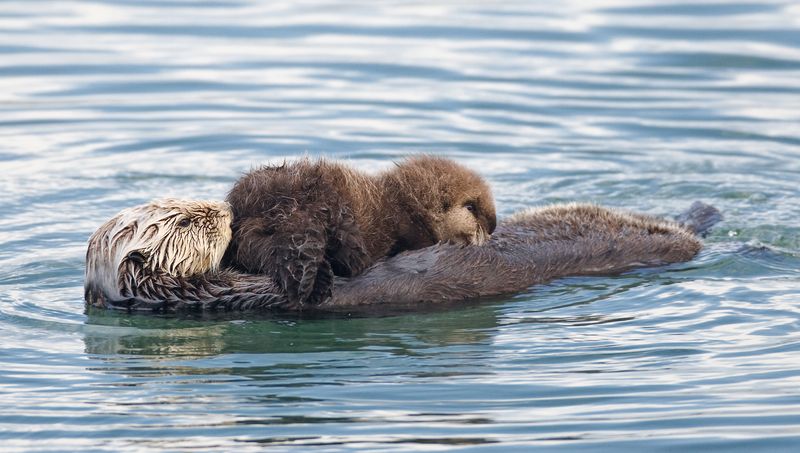
Lacking the blubber that insulates other marine mammals, sea otter moms work overtime to keep their pups warm and dry.
These dedicated mothers float on their backs while their babies rest on their bellies, safely above the chilly Pacific waters.
Mom meticulously grooms her pup’s fur several times daily, blowing air into the dense coat to create insulation. While her baby naps, she forages for food, often using tools like rocks to crack open shellfish.
For six months, she’ll teach her youngster how to find food, use tools, and master the art of staying warm in the cold ocean.

